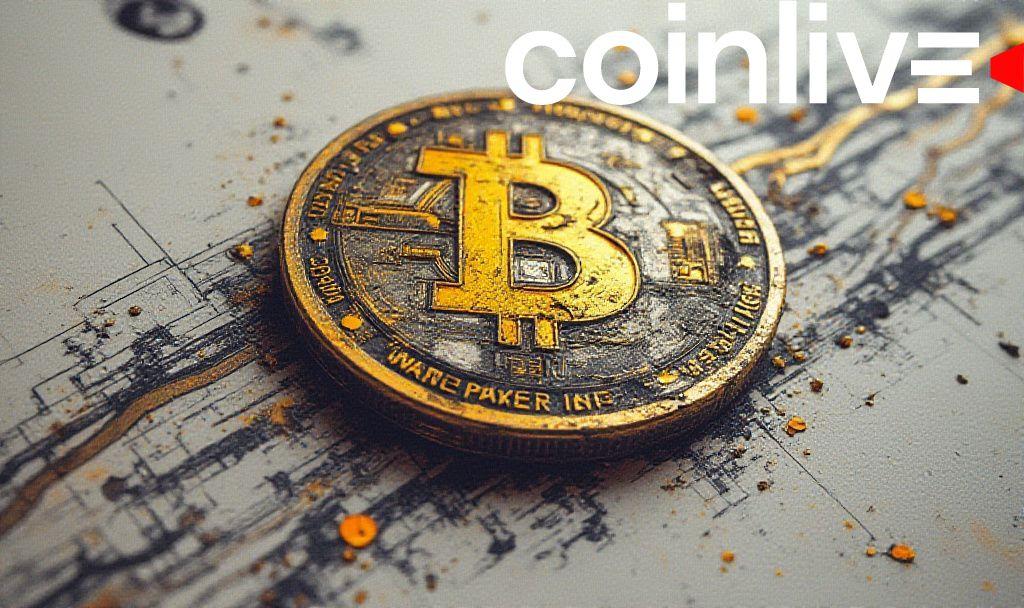- Tether plans a US stablecoin by 2026.
- Potentially disrupts USDC’s domestic market.
- Regulatory clarity critical for product launch.
Tether’s new stablecoin could significantly influence U.S. market conditions if current regulatory discussions proceed favorably.
Impact on the U.S. Market
Tether’s CEO, Paolo Ardoino, also called Paul Ardoino, has been a prominent figure driving the company’s U.S. market expansion. He described Tether’s stablecoin USDT as among the most successful global products and emphasized current regulatory engagements. Tether holds a nearly $150 billion market cap, accounting for about 66% of the stablecoin market. The firm’s business model focuses on liquidity and yield-enhancing instruments like U.S. Treasury bills, generating substantial profits. Tether’s U.S. stablecoin launch could challenge USDC’s domestic prominence, with a direct focus on U.S. consumers.
Immediate Impacts
Immediate impacts on the financial sector could include shifting market shares and competition between Tether and existing stablecoins like USDC. The launch plan hinges on regulatory developments, as Tether aims to align its operations with forthcoming U.S. stablecoin legislation. Expectations of regulatory timing play a pivotal role.
Historical Trends and Financial Compliance
The proposed stablecoin may utilize historical trends where USDT is preferred in global markets, indicating potential demand domestically. Specific outcomes include probable alignment with U.S. financial compliance standards, influencing traditional and digital commerce.
Regulatory clarity is a key factor in the new product launch. — Paolo Ardoino, CEO, Tether
